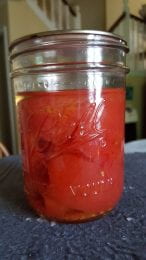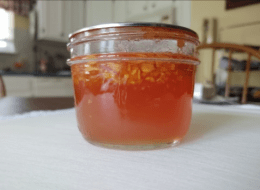 A recent foodborne illness outbreak in bagged salad mixes was found to be contaminated with the parasite Cyclospora. This parasite is found in feces contaminated food or water. Illness occurs due to ingestion as opposed to being directly passed from one person to another.
A recent foodborne illness outbreak in bagged salad mixes was found to be contaminated with the parasite Cyclospora. This parasite is found in feces contaminated food or water. Illness occurs due to ingestion as opposed to being directly passed from one person to another.
The time between becoming infected and becoming sick is usually about one week. Cyclospora infects the small intestine (bowel) and usually causes watery diarrhea, with frequent, sometimes explosive, bowel movements. Other common symptoms include loss of appetite, weight loss, stomach cramps/pain, bloating, increased gas, nausea, and fatigue. Vomiting, body aches, headache, fever, and other flu-like symptoms may be noted. Some people who are infected with Cyclospora do not have any symptoms. If not treated, the illness may last from a few days to a month or longer. Symptoms may seem to go away and then return one or more times (relapse). It’s common to feel very tired.
If a food is connected to any foodborne illness recall, never eat the food. Either throw it away or return it to the store for a refund. Before handling any food, wash your hands thoroughly. Wash fresh fruits and vegetables with running water and scrub when possible. Refrigerate cut, peeled or cooked produce and away from raw meat or poultry.
Learn more at www.cdc.gov/parasites/cyclosporiasis/index.html and a webinar at www.fightbac.org/free-resources/recorded-webinars/.
www.cdc.gov/parasites/cyclosporiasis/resources/pdf/Cyclosporiasis_General-Public_061214.pdf





